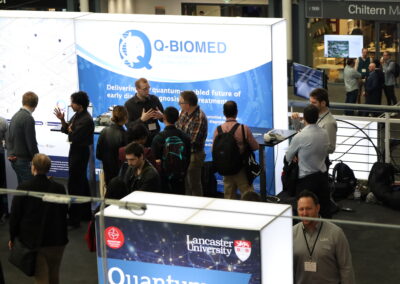The transition between ferromagnetism and paramagnetism in metals is one of the simplest examples of a continuous phase transition. Interesting behaviour is expected when the transition temperature becomes small because incoherent fluctuations above the transition temperature then exist to low temperatures. Ultimately for lower transition temperatures, either the transition must become first order or new forms of order must appear to satisfy the third law of thermodynamics.
Researchers at the LCN have come up with a theory known as “fermionic quantum order by disorder” that clarifies how the fluctuations associated with different competing ground states may stabilise new forms of order under these circumstances. Their reported findings on PrPtAl, reported in the literature to be a material that is a simple induced-moment ferromagnet, provide the first concrete vindication of one of the predictions of this approach; that is the formation of modulated magnetic structures.
Resonant X-ray diffraction studies at the ESRF, elastic neutron-scattering experiments at ILL and NIST, as well as lab based measurements allowed the academics to detect and characterise complex spiral magnetic states at the border of ferromagnetism in high-quality single crystals of PrPtAl. Characteristic changes were also seen in the magnetic excitation spectra that had been measured with the OSIRIS time of flight spectrometer at ISIS. Much of the observed behaviour was consistent with the predictions of the order by disorder theory, including the increase of the helical modulation vector with temperature, the appearance of a strong third harmonic, and the fragility of the modulated order against very small magnetic fields. Surprisingly, the phase diagram of PrPtAl was even more complex, exhibiting a second modulated phase with two collinear incommensurate ordering vectors.
This work reveals a new way to achieve complex magnetic structures not requiring Fermi-surface nesting, anti-symmetric exchange interactions or magnetic frustration. Given recent interest in complex magnetic structures such as skyrmions for spintronic applications, this could form the basis for enabling technology in the longer term. The team’s current emphasis is on better understanding the conditions that bring about the modulated states in preference to a simple first order transition and the complex phase diagram with multiple transitions.
This discovery of modulated order was published in a Nature Physics letter earlier this year.



